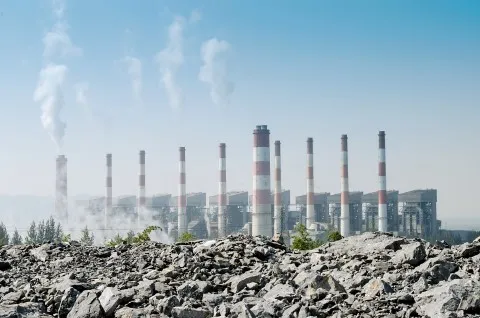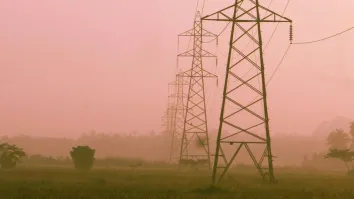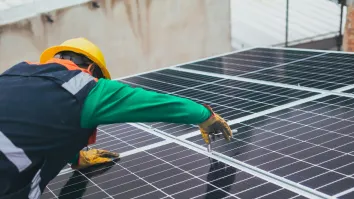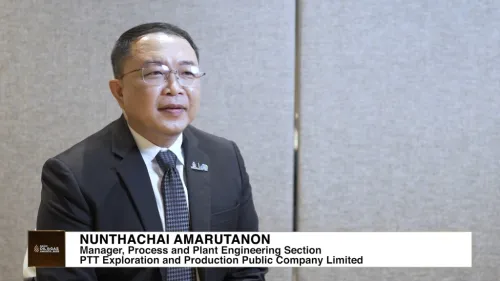
Who will finance Asia's coal power projects?
Investment opportunity could hit US$250b in the next 10 years.
Historically, coal has played a key role in meeting Asia's growing power demand. However environmental concerns has led to more stringent regulations and commitments towards tighter emission controls globally.
According to Shirley Zhang, Principal Analyst, Asia-Pacific Coal Market, Wood Mackenzie, increasingly over the last year, financing institutions (mostly export credit agencies (ECAs) in OECD countries and European banks) have announced plans to stop investing in coal power projects.
This could impact Asia since we expect growth in power demand through to 2035, and this calls for new power capacity, including coal-fired ones.
Here's more from Zhang:
Although coal-fired power is facing strong headwinds globally, it will still dominate emerging markets in Asia in the next two decades as power demand in Southeast Asia is expected to grow at about 4.6% per annum. Coal-fired power offers baseload supply at the lowest cost. This is particularly important as safeguarding energy security and providing affordable electricity remain priorities for governments in this region.
Also, power grid infrastructure in emerging Asia is far from adequate, flexible or smart enough. Transmission and distribution grids in many of these markets are inefficient, weak and susceptible to blackouts. Improving grid accessibility, robustness and interconnectivity will take years or decades of effort and require a huge amount of investment.
With these considerations in mind, we project Asia's coal power investment opportunity to top US$250 billion over the next decade.
But the question remains - who will finance Asia's coal power projects?
Both EXIM (export and import banks) and private sector banks in Asia have continued to back coal power projects in Southeast Asia on both the financial and technology front. In doing so, the EXIM banks support their domestic industries that manufacture coal-based power generation equipment. Removing overseas financing would accelerate the decline of domestic industries given the slow overall growth of power demand in these markets, particularly in Japan and South Korea.
Funding towards corporations' general financing are also used to develop coal projects. Some projects were able to receive equipment and technology support as a financing package arranged by the developer.
In addition, we notice banks are still interested in financing projects that meet efficiency standards.
The effects of the tightening financing terms from ECAs also tend to be milder for emerging markets in Asia. The new ECA rules will not apply to projects that have already finished detailed feasibility studies, environmental assessment or requests for proposal before the rules came into force on 1 January 2017. The new ECA rules also make exceptions for markets such as Indonesia, Cambodia, Laos, Myanmar, the Philippines, and South Asian and Central Asian countries because they are classified as low national electrification rate countries per the IEA criteria, or are recognised as International Development Association-eligible countries.
A more imminent risk is perhaps the way a power system will be operated and maintained when renewables' share grows in the future. The focus of grid operation will increasingly shift away from centrality to flexibility and distributed generation.
When that happens, coal power could be reduced to a marginal fuel when commercial energy storage takes over its role as a more economic peak-shaving service provider. But this could take decades to happen depending on the technology improvement, supply availability and cost of battery raw materials.



















 Advertise
Advertise








